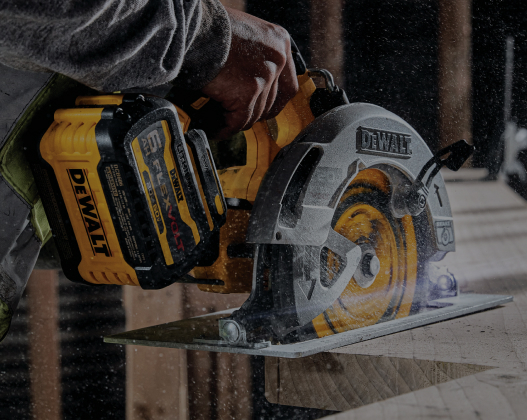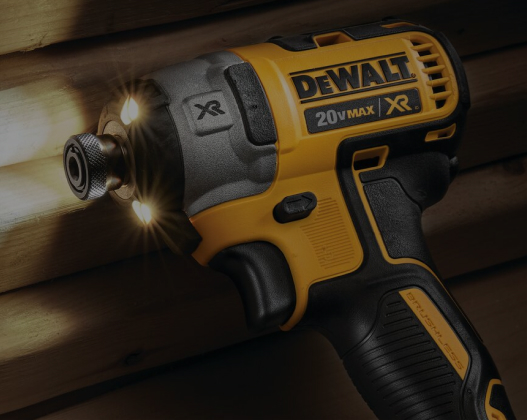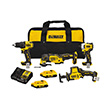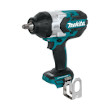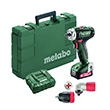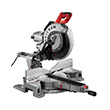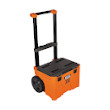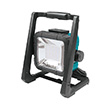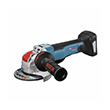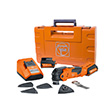
Forgot your Password?
Phone: 1-866-577-3014 See Extended Holiday Hours
Email: Contact Us
Orders Track your Orders
FAQ More Questions

Back
-
Shop by Category
-
Power Tools
-
Batteries & Chargers
-
Power Tool Accessories
-
Outdoor Power Tools & Equipment
-
Air Tools and Equipment
-
Tool Storage
-
Clothing and Gear
-
Lighting
-
Hand Tools
-
Woodworking Tools
-
Generators
-
Automotive
-
Concrete Tools
-
Metalworking Tools
-
Material Handling
-
Vacuums
-
Safety Equipment
-
Plumbing and Drain Cleaning
-
Facility Maintenance & Supplies
-
Heaters
-
Kitchen
-
Outdoor
- Toys and Games
- View All
-
Power Tools
- Shop By Brand
-
Reconditioned Tools
-
Shop by Brand
- DEWALT
- Bosch
- Makita
- Metabo HPT
- SENCO
- Husqvarna
- Craftsman
- Shop All Reconditioned
-
Shop by Category
- Power Tools
- Combo Kits
- Measuring Tools
- Outdoor Power Tools
- Air Tools
-

Just Like New, For Less
Industry-Leading 120-Day Money Back Guarantee
Shop Recon >
-

Save More with Reconditioned Deals
Save Now>
-
-
Deal Zone
-
Free Tools & Coupon Offers
Gifts with purchase & coupon savings from top brands
-
Clearance Center
Our deepest discounts on clearance items. When they're gone, they're gone
-
Power Tools on Sale
Power Up Your Projects for Less with Unbeatable Deals on Top Tools!
-
Free Tools & Coupon Offers
- New Arrivals

CPO is America's Leading
Online Power Tool Retailer

Fast
Shipping

Easy
Returns

Trusted
Since 2004























